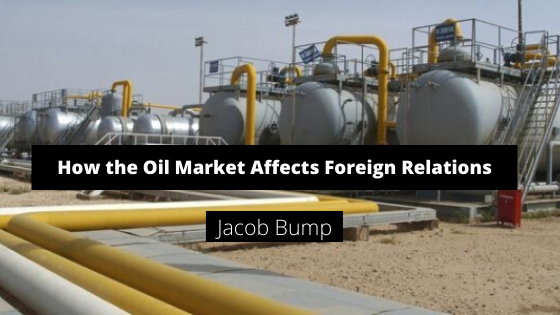Over the last century, it has been no secret that competition over oil supplies has largely determined the political relationship between some of the world’s biggest powers. Accounting for up to 3% of the entire global economy, the oil market is currently one of the most profitable industries in the private sector, and to truly grasp the history of foreign relations in the 21st Century, it is imperative to understand the extent to which the oil industry makes and breaks alliances on a global scale.
Just last month, for example, attacks on oil production facilities in Saudi Arabia reignited tensions between the US and Iran. In retaliation for the supposed role of Iran in the attack, President Donald Trump even went so far as to suggest that the US would consider backing a Saudi military operation against Iranian forces. Undoubtedly, America’s dependence on Saudi Arabian oil played a key role in the President’s reaction to the attack.
But tensions between Iran and the US have long been determined by oil industry maneuverings, and triangulation between America, Saudi Arabia, and Iran is anything but a new development in the world of global diplomacy. In truth, hardline neoconservatives within the Trump administration were likely pushing for military intervention in Iranian political affairs long before the Saudi oil attacks created a pretext for doing so.
To foreign policy analysts with a keen eye for history, the reintroduction of this brand of hawkish interventionism into US-based political discourse will come as no surprise. In the 1950s, a CIA-backed coup removed Iran’s democratically-elected Prime Minister Mohammad Mossadegh; under Mossadegh’s administration, global powers like the US and Great Britain became concerned that Western companies would lose their stranglehold on Middle Eastern oil reserves. As Mossadegh moved to nationalize Iran’s profitable oil companies, these concerns became a reality.
But US interventionism within the region backfired spectacularly. After the coup successfully removed Mossadegh from power, the US installed a pro-Western Shah to take the Prime Minister’s place. In the meantime, Iran had grown tired of foreign intervention into its national affairs; seen by the Iranian public as little more than a lapdog of Western imperialists, the new Shah was removed from power during a massive popular uprising in 1979. In a bid to reject the Western values that had brought about a remarkable era of political turbulence within the region, the country adopted the values of an ultraconservative theocracy as its new model of government.
The country remains a religious dictatorship to this day, and the Iranian government is still a thorn in the side of hawkish US politicians and civil servants. In a wider sense, however, tensions between the US and the Middle East are a long-term symptom of a massive reliance on foreign oil. Far from being a new development in foreign affairs, in fact, such tensions are an indication that little has changed in political maneuvering over the past 100 years.
